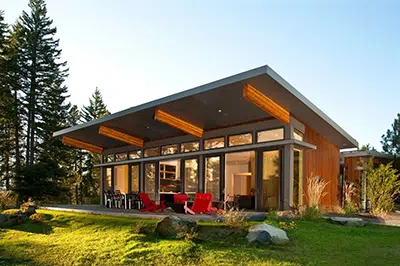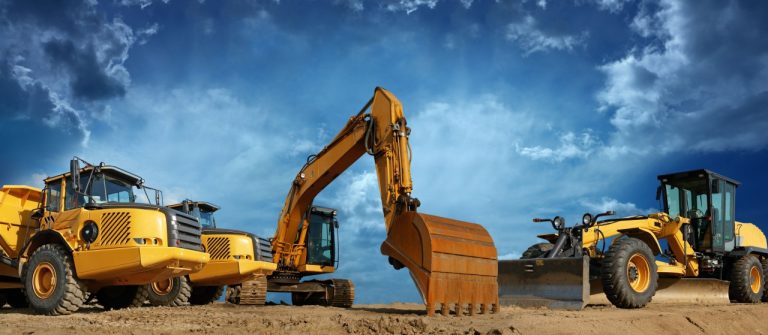It starts before anything happens. Before a glass is raised or a seat is taken, the space speaks through light, sound, texture, and layout. Every environment sends an emotional signal, sometimes loud, sometimes subtle, but never accidental. Atmosphere resists definition. It hides in shadows and stillness, in echoes and angles. It draws little notice when done well, yet is instantly missed when absent. Whether in silence or noise, design sets the tone long before anyone does. Beyond Function Some places leave a lasting trace not because of what they offer, but how they make people feel. This quiet influence of atmosphere becomes especially evident in venues that refuse to follow a standard mould. A candlelit bistro tucked into a narrow alley speaks differently than a polished chain restaurant off the motorway. A concert in a converted chapel lands with a resonance no modern arena can replicate. The same holds true online—some platforms feel crafted, like curated galleries, niche streaming sites, or boutique retailers. In much the same way, fast withdrawal casinos often cultivate a distinct sense of place that larger venues rarely achieve. These online casinos tend to prioritise modern, quick payment methods like digital wallets and cryptocurrency, often reflecting the character of their creators in both design and service. They may offer more flexible promotions or tailored bonuses that stand apart from the uniform deals found on larger platforms. Features like lower wagering requirements, broader payment options, and unique game libraries can add to the sense of distinction. Rather than competing on volume, many focus on crafting a more intentional and user-centred experience. The atmosphere is rarely announced. It seeps in through corners, settles on surfaces, and lingers in the way a space holds silence. A room doesn’t need to explain itself to be understood. People just move differently when it feels right. Light as a Moodmaker Few things influence mood as quietly and effectively as light. Soft, amber light draws people closer, lowers voices, slows the pulse. It relaxes, invites. Bright white light, especially overhead, wakes up the body, increases alertness, and sharpens edges. It reveals. Neither is better. But each brings a specific emotional charge. Designers who understand these craft experiences, not just spaces. A theatre lobby glows golden to welcome. A studio floods with daylight to energise. In each case, light is not simply for visibility. It tells the nervous system how to behave. And people respond, without needing to think. The Architecture of Sound What fills the air when speech pauses? In a well-tuned room, silence can be comforting. In another, it can feel empty. Sound is not only about what is heard, but also how it is carried. Soft surfaces absorb. Hard walls bounce. Corners amplify. High ceilings change tone. These things matter. A poorly designed acoustic space creates friction. People raise their voices. They fidget. Conversations fall apart. Good acoustics, on the other hand, go unnoticed. They feel at ease. Whether it is the hum of a jazz trio in a bar or the hush of footsteps in a gallery, the soundscape is part of the atmosphere. It does not entertain. It holds the mood in place. Colour as Behavioural Suggestion Colour does not speak directly. It whispers. But it reaches deep. Pale blues, soft greens, charcoal greys—they all calm the senses. They lower the emotional volume. Bright reds, neon accents, citrus tones—they jolt the body. Not always aggressively, but with purpose. They wake, stimulate, and push forward. Context matters. The same ochre wall that soothes in a bookshop may overwhelm in a courtroom. It is not about rules but relationships. Colour interacts with light, texture, and expectation. When chosen well, it is not just seen—it is felt. Layout and the Movement of Thought Where things are placed dictates more than movement. It shapes how people feel about their role in the space. Open plans suggest freedom, maybe even exposure. Nooks and corners suggest privacy, reflection, and control. A central table invites gathering. Rows suggest direction. Circles imply equality. Even the path to the exit matters. If it twists, people explore. If it is direct, they move with intent. Designers use this, not as trickery, but as choreography. They map emotion through geometry. The shape of the room shapes the mood within it. And most visitors never realise it is happening. Material Choice and the Story of Surfaces Run a hand along brushed concrete. Touch velvet. Knock on oak. Every surface holds a language of its own. Some say permanence. Others say ease. A tiled floor hums under heels. A rug absorbs sound and tension. These textures combine into a silent script. Materials carry weight. Not just physical but cultural. Leather may suggest heritage. Steel might say control. Woven fibres hint at comfort. When layered well, they produce harmony. When they clash without care, they confuse. What matters is the intent. The surfaces that surround people inform how welcome or alert they feel. Without ever needing to be explained. Bringing Nature Inside Nature, when introduced indoors, rarely feels like a novelty. More often, it feels like relief. A window framing trees, a fern near the washroom, natural wood beneath the elbow—all these gestures reduce the hardness of human-made edges. They soften the volume of the built world. Designers call it biophilic design. But most visitors would not use the term. They would just say the place felt right. Calmer. More grounded. The presence of green things and organic forms does not disrupt design—it anchors it. Not every venue needs ivy on its walls. But those that nod to nature tend to stay longer in the memory. What Independent Spaces Get Right In small venues not governed by franchise standards, the atmosphere often becomes the main character. With fewer rules, choices become personal. The lighting might be uneven, but it feels alive. The furniture mismatched, but was chosen. The space speaks clearly because it was not designed by committee. It has one voice. And people respond to that. It is not about perfection.














